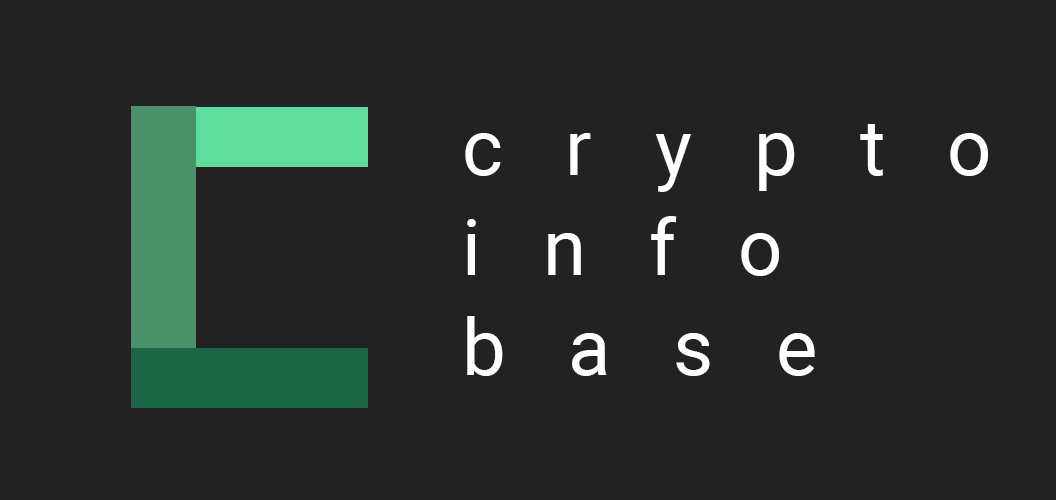Indices trading allows traders to trade a permutate portfolio of stocks through a single index and reduce their risk in the financial markets. There is the presence of several trading strategies that assist investors in identifying the ideal market entry and exit level.
Contents
What Are Indices Trading?
Indices trading is trading a group of securities that make up the index. You usually trade an entire index on the basis of the performance of every security that is combined.
However, the value of the index can be calculated by adding the cost of all securities together and then dividing it by the number of securities. The combination forms a representation of how the stocks are doing as a whole in the market.
What Are The Best Strategies For Trading Stock Indices?
Some of the most popular markets in the world are indices, which generate gains and stabilize losses and allow good trading strategies to flow in the market.
Therefore, remember the inclusion of the best trading strategy is always unique and includes a blend of technical and fundamental analysis that particularly fits the trading style.
Below mentioned are some of the top strategies that are applicable in trading stock indices-
1. Trend Trading Strategy
In trend trading strategy, the traders either enter or exit the market during a pre-determined continuous trend. However, when the index is trading in a particular direction, the traders assume that it will continue to move ahead in the same direction for the long term.
But eventually, it is up to the trader if they wish to operate on either a long-term or short-term basis. For instance, when the index is trading in the upward direction, the traders enter a buying position with an expectation of uptrend continuing.
Eventually, when the index is trading in the downward direction, the traders enter a sell or short position with an expectation of a downward trend continuing.
2. Strategy Of Trading Reversal
During an uptrend, the index price goes through a chain of higher highs and higher lows. Therefore, when there is a reversal of this, it would be a prevailing downtrend, featured by index price, which alters to a series of lower lows and lower highs.
Thus, the reversal is also true in the case of a downtrend, specifically when index trading cost tends to shift to spike into higher peaks, indicating an overall shift in index pricing from downtrend to uptrend.
3. Breakout Trading Strategy
The strategy allows identifying an area within which the indices cost has been trading over a while. As soon as the price of indices shifts beyond the range, it sends the investors signals to either exit or enter the market.
Furthermore, this strategy assists in taking a position as soon as a particular trend in the market begins. Even when the index price breaks above the resistance level, it indicates a continued uptrend in the market and signals the investors to take up a long or buy position.
But, when the index cost breaks above the support level, it indicates a continued downtrend in the market and allocates the traders to keep track of sell or short positions.
4. Swing Trading Strategy
In swing trading, it refers to placing trades and holding onto them for a few days a week. Even in this strategy, the traders aim to take small profits in the short term that are affected by minor price fluctuations.
Hence, traders place multiple exit and entry orders in the market to capture the potential gains in a short to medium timeframe. However, even traders receive a signal to enter stocks when the index has continued an uptrend.
5. Bollinger Entry Strategy
Bollinger’s entry strategy regulates oversold market areas and offers trades with an ideal entry level in the market. I usually comprise three levels-
- The middle band includes the simple moving average of a price index.
- The lower band indicates low market prices.
- The upper band indicates a high market price.
These are some of the most important strategies a trader can use to trade its indices successfully. Moreover, Roboforex and other online trading platforms guide traders with the best trading indices.
Similarly, selecting the right index is not easy, and traders differ in the type of methodologies they should use when making the right decision. The size of the index, investors’ performance, volatility, and market hours are lodged within the financial markets.




